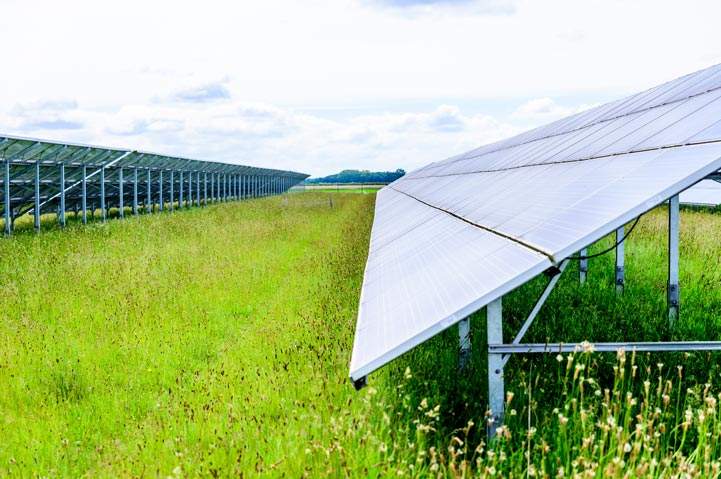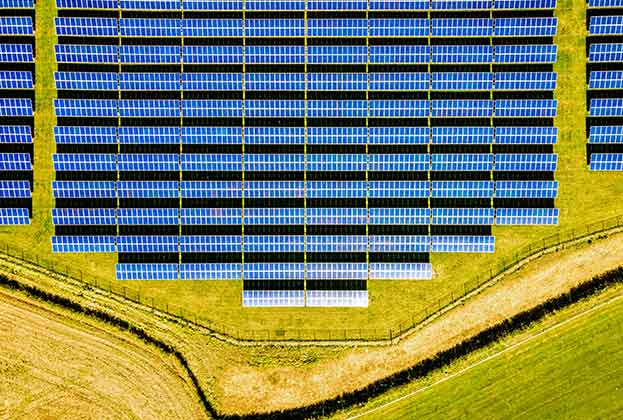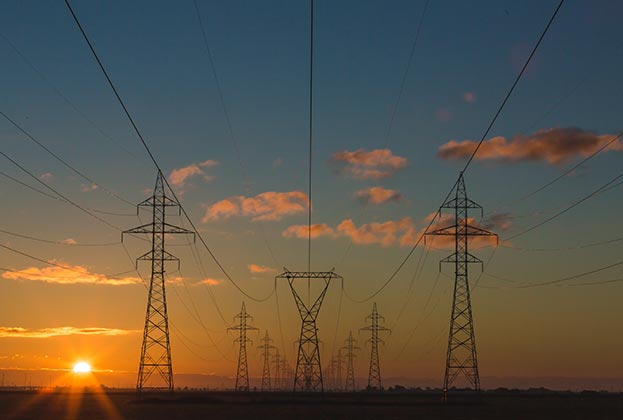Turning agricultural land over to solar photovoltaic developments can be a complicated decision-making process. We weigh up the potential benefits and considerations
Industry widely quotes returns of £2,500 per hectare for renting land for large solar photovoltaic (PV) developments, a figure that clearly exceeds agricultural returns. However, the appraisal of the opportunity and decision-making is more complicated. Principally, this is because agricultural land farmed by a trading business or let using a Farm Business Tenancy benefits from Agricultural Property Relief (APR) from inheritance tax at 100%, with Business Property Relief (BPR) also potentially available for aspects such as development value. However, letting the land for solar PV will mean that it is no longer used for agricultural purposes so eligibility for APR is lost.
From a BPR perspective for the property in isolation, the lease means the land is an investment asset and therefore not eligible. However, the relief may be available if the landlord’s overall business is deemed to be a trading business.
Savills research has shown the true margin to be closer to £2,100, much lower than £2,500, however sensible tax planning could improve returns beyond the final £588 annual net income figure. In addition to a fixed annual income and inheritance tax (IHT) implications, there are other considerations that a landowner should contemplate before entering into an agreement.
The table above is based upon a number of assumptions:
- All figures per hectare
- Higher rate income tax payer
- No inheritance tax (IHT) nil rate band available
- Income remains constant and is not indexed
- Landowner is not an incorporated entity
Benefits
- Guaranteed income over the long term: If a landowner successfully negotiates a contract with a prospective developer, they will receive a guaranteed rental income. Leases often last between 20 and 40 years, securing stable income from the land for an extensive period. Indexing rent will ensure that returns are not eroded by inflation or left lagging by the future market.
- Retaining rights to alternative income streams: Landowners are increasingly retaining rights to alternative income streams within their lease agreements, including carbon and biodiversity. While currently pursued as income streams, retention of these potential credits could be of greater benefit in the offsetting of a landowner’s own actions in the future. While it is possible to 'stack' these credits (e.g, carbon and biodiversity credits may be quantified and obtained on top of income from energy assets), a landowner must prove additionality; that the outcomes are demonstrably new and additional and would not have resulted without the income from the environmental credits.

Considerations
- Locked in: Agreeing a contract with a renewable energy developer locks the land into a use for a prolonged period, leaving the owner unable to utilise that land and adjoining land for any other opportunities. While indexing rent will insulate against some elements of market fluctuation, it remains possible that competing land use markets outperform renewable energy in the contracted period.
- End of lease: Both developer and landowner may wish to continue with the arrangement after the defined period of the lease and options to extend are often included within the initial agreement to permit this. Should that not be the case, landowners should ensure that the initial contract includes arrangements for a decommissioning bond, whether this be accumulated over the course of the lease or set aside from the outset. Landowners should also ensure developers produce an agreed “record of condition” prior to the commencement of works. Once the project ends, developers would be obliged to return the land to this condition.
Read the articles within this publication below
.jpg)


